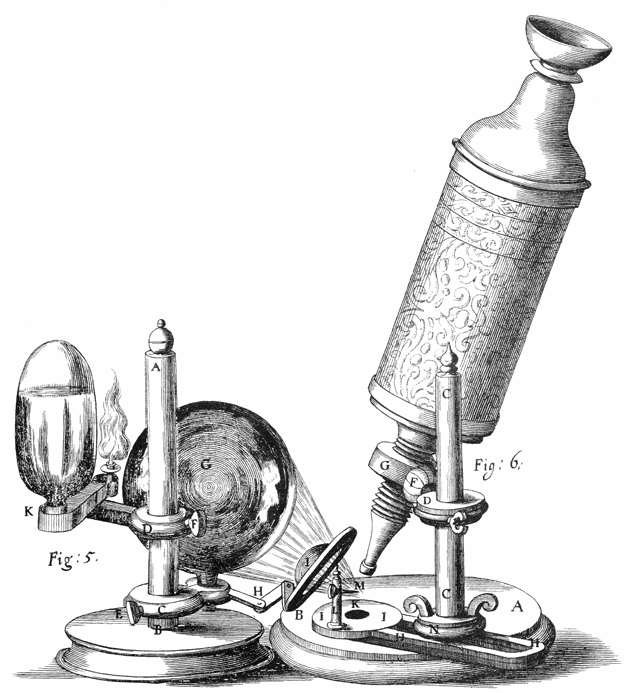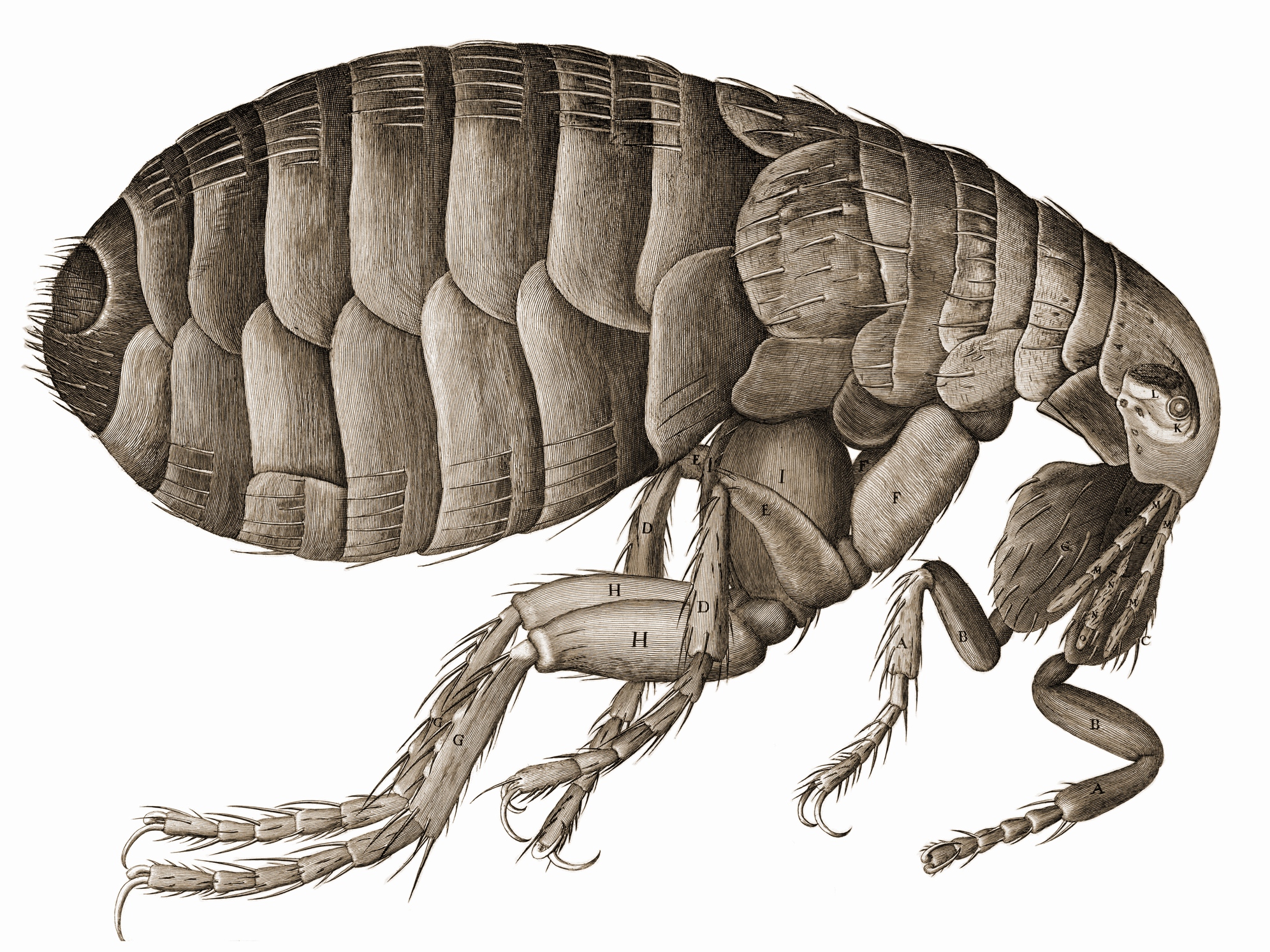Dark, Light, and the open-source microscope
During the long weekend break, I watched quite a bit of science documentaries. One of which was "Dark and Light." The documentary talks about how light allows us to begin understanding what is around us. The discovery of the scope – the device that allows us to bend light was crucial to us to see things, big and small. The telescope allowed us to look up to the sky and see the stars. The microscope allowed us to look down to the really tiny creatures that our naked eyes can't see. One of the first people to have looked up in the sky with a telescope was Isaac Newton. He discovered that there are stars that our eyes are not able to see, thus realizing we aren't at the center of the universe. The first person to have documented such small creatures was Robert Hooke. He drew the first flea in an amazing amount of detail in 1665. He then drew little compartments he saw when magnifying the cork, thus coined the term "cell." The ability to have the technology to see light better opens the flood gate to so many discoveries that set us apart as human.

My mom used to teach middle school biology in a remote village outside of Hanoi, Vietnam. One day, when I was about eight years old or so, she brought home an old shabby compound microscope from her lab. That was the most wonderful thing I have seen. I used to stare at leaves and saw cells, at ants, and I saw their body in intricate details. I put everything in the scope to see what it looked like. Too bad, my mom had to return the scope after a couple of days. Yet the wonder of the small world intrigued me since.

Those big a-ha moments are not easy to come by. Humans have been around for around 200,000 years, but we just learned to see beyond our naked eyes in less than 500 years. We have been living in the dark for more than 99% of the time we existed.
Incremental progress is still being made every day. We are still very early in the game. Yesterday, my professor sent me a video of someone using the software I wrote called show-me webcam to convert an analog scope to digital.
I knew there will be someone someday who would do exactly that. A digital scope makes it easier to share our curiosity and wonder about the world around us to everybody. That's the power of open-source software and hardware at work. It is just a piece of code that turns a piece of hardware to act as a webcam. However, the hardware is not limited to being just a webcam to show faces – the ability to adapt it to make it do all the wonderful things to understand this world better is in the hands of the users. I am glad to see signs of progress being made. And I am so glad and so proud to be a part of it, however insignificant.
If you want to watch Dark and Light:
And the show-me webcam powered microscope: